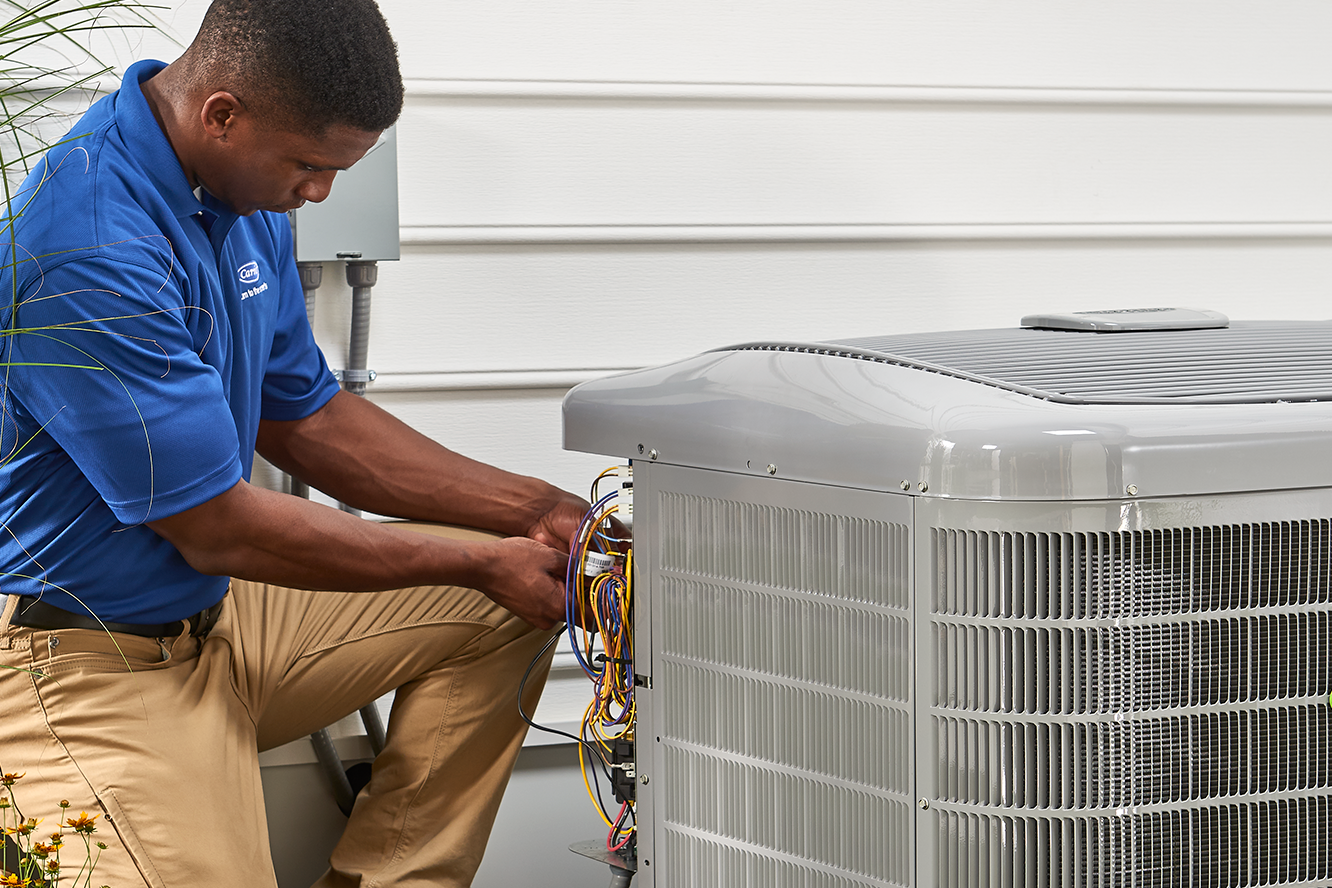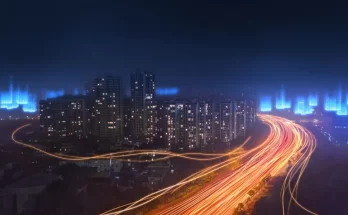With the arrival of winter, a natural tendency is to leave the pool aside. After all, this leisure doesn’t go with the cold. But did you know it doesn’t have to be that way? The heat pump, also known as a heat exchanger, is ideal for those who don’t want to give up the pool at home, even with the cold at the door. In today’s article, we’re going to talk about this device and explain the cleaning of the heat pump that must be done to enjoy the device fully.
The pool heat pumps are single-phase and feature the same quality, efficiency, and technology used in the air conditioning line. Plus, they run quietly, efficiently and are designed to run safely and reliably for years to come.
Its operation is simple: it transfers heat from a cold source to a hot one. Thus, it performs a thermodynamic cycle in which the purpose is to receive heat from a low-temperature body and give heat to a high-temperature body.
Heat Pump Cleaning
When we talk about heat pump cleaning, the main focus should be on a special piece of equipment: the evaporator. It is a housing of the device, and its primary function is to capture the first heat that the exchanger does. In other words, it is essential in exchanging heat with the ambient air.
Over time, you will notice that the evaporator becomes dirty or even clogged; this is normal and does not mean that the equipment is being poorly maintained, rest assured. However, it is precisely for this fact that preventive maintenance through heat pump cleaning is so essential.
The main objective is to keep the evaporator always clean to prevent the exchanger from experiencing failures, such as internal overheating. In addition, this simple care makes the heat pump work with maximum performance, exchanging heat with air in the best possible way and give quality service.
Tips On Installing A Heat Pump
Choosing the installation location: The first tip is where to install your heat pump. First of all, we must warn you: the equipment is made to operate in both sun and rain, so don’t think about covering it for fear of damaging its external structure. This kind of attitude ends up harming the device’s performance. Despite not being a solar heating system, the heat pump performs better when installed under the sun.
Beware of dirt and obstacles: the heat exchanger cannot suffer from dirt and obstacles. That’s because they have a component called an evaporator that needs a consistent airflow to generate more heat. Therefore, pay attention to this part when installing!
Pay attention to whether there are plants in the place: lastly, it is necessary to notice the presence of plants in the installation place. As we saw before, the evaporator can be harmed by walls and obstacles such as the plants’ accumulation of leaves and impurities. Yes, they can be removed quite easily. However, if possible, avoid installing the heat pump near plants and make us of licensed contractors.




